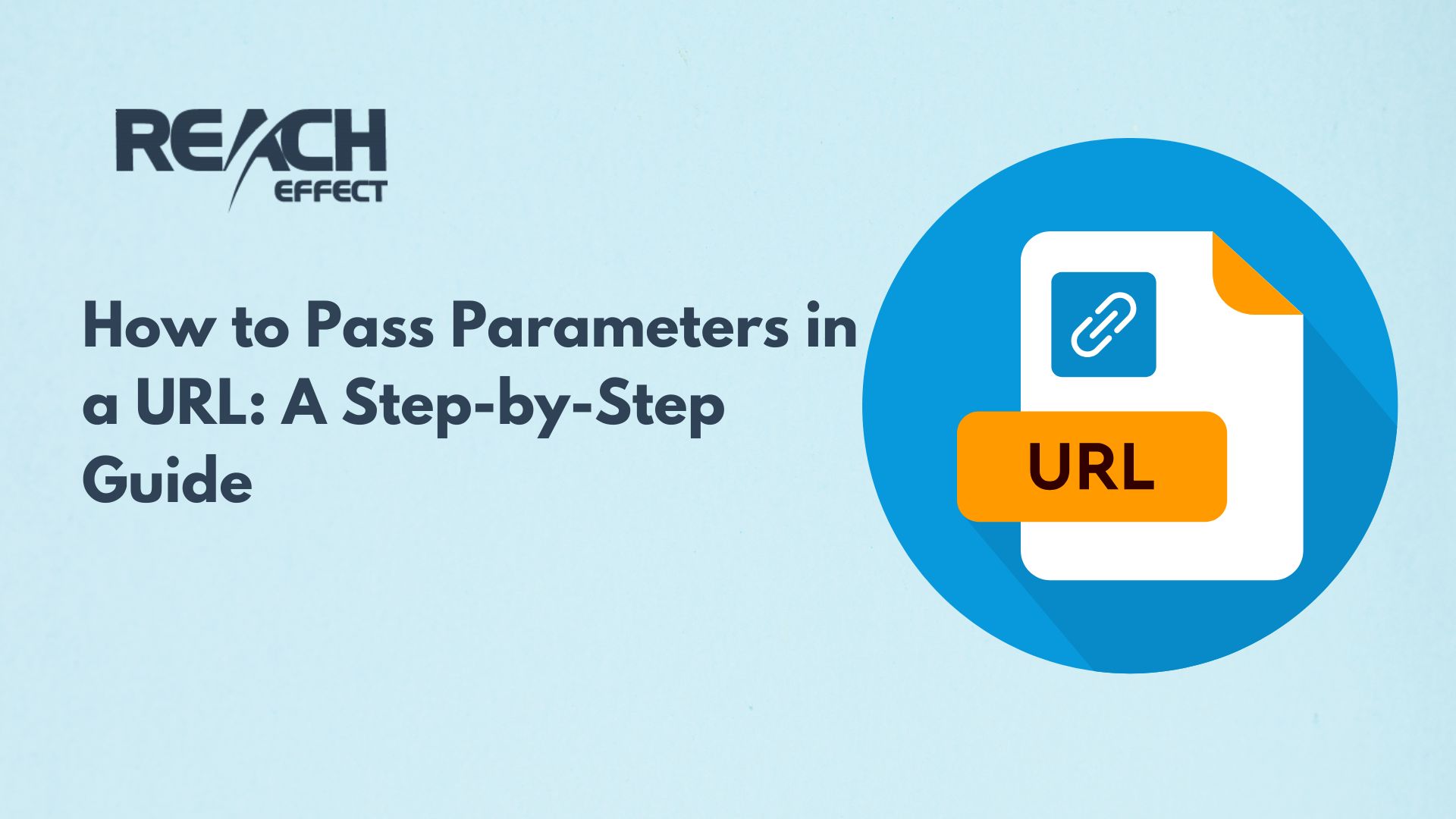Passing parameters in a URL is a core technique for anyone working with web systems, APIs, or digital marketing tools. It’s a practical way to send data dynamically, whether you’re integrating with a server, tracking user interactions, or managing complex workflows. This guide dives into the technical side of passing parameters in a URL and how to pass multiple parameters in a URL efficiently. Written with a friendly tone, it assumes you’re comfortable with basic web concepts and ready to explore the details. By the end, you’ll have a solid grasp of URL parameters and how to use them effectively in your projects.
Thank you for reading this post, don't forget to subscribe!Understanding URL Parameter Syntax
URL parameters come after the main address and allow you to send key-value pairs to a server. The structure is straightforward: a question mark (?) marks the start, followed by pairs in the format key=value. For example, www.example.com/api?user=john sends the parameter user with the value john. To pass multiple parameters in a URL, you chain them with an ampersand (&), like www.example.com/api?user=john&role=admin. This syntax is universal across web technologies, making it a reliable way to transmit data.
Servers parse these parameters based on how they’re programmed. For instance, a backend built with Node.js might use req.query.user to access the user value, while a PHP script could use $_GET[‘user’]. The flexibility of URL parameters makes them ideal for everything from API calls to campaign tracking.
Passing Parameters in a URL: The Technical Process
Let’s break down how to construct a URL with parameters, focusing on precision and control.
Step 1: Define the Endpoint
Start with the target URL, often an API endpoint or a server route. For example, https://api.reacheffect.com/track might be an endpoint for tracking data on Reacheffect.
Step 2: Append a Single Parameter
Add a ? followed by your key-value pair. If you’re tracking a campaign ID, it could look like https://api.reacheffect.com/track?campaign=summer2023. The server reads campaign as the key and summer2023 as the value.
Step 3: Chain Multiple Parameters
To pass multiple parameters in a URL, use & to separate pairs. For example, https://api.reacheffect.com/track?campaign=summer2023&source=facebook&clicks=150 sends three pieces of data: campaign name, traffic source, and click count. Order doesn’t matter, servers process parameters as a set.
Step 4: Validate Server Handling
Test the URL by making a request (e.g., via a browser, curl, or Postman). If the server is configured correctly, it’ll interpret the parameters and respond accordingly—perhaps returning a JSON object like {“status”: “tracked”, “campaign”: “summer2023”}.
Encoding and Data Integrity
Parameter values often contain special characters, spaces, or reserved symbols like & and =. To ensure they’re transmitted correctly, encode them using URL-safe formats. For example, a value like John Doe becomes John%20Doe, and sales&marketing becomes sales%26marketing. Most languages offer built-in encoding tools:
- JavaScript: encodeURIComponent(“John Doe”) outputs John%20Doe.
- Python: urllib.parse.quote(“sales&marketing”) outputs sales%26marketing.
- PHP: urlencode(“John Doe”) outputs John%20Doe.
Failing to encode can break the URL or confuse the server, so it’s a critical step when passing parameters in a URL.
Advanced Use Cases for Multiple Parameters
Passing multiple parameters in a URL shines in technical scenarios.
API Filtering
Suppose you’re querying a reporting endpoint: https://api.reacheffect.com/reports?date_start=2023-01-01&date_end=2023-12-31&format=csv. This requests a year’s worth of data in CSV format. The server filters results based on each parameter.
Campaign Tracking
For marketing, you might use https://reacheffect.com/landing? utm_source=google&utm_medium=cpc&utm_campaign=fall_sale. These UTM parameters help track where traffic comes from and how it performs.
Pagination and Sorting
In a data-heavy app, https://api.reacheffect.com/users?page=3&limit=50&sort=created_desc retrieves the third page of 50 users, sorted by creation date in descending order. This shows how multiple parameters can control data flow.
Optimizing Parameter Usage
While URL parameters are powerful, they require careful management to stay effective.
Keep Keys Consistent
Use standardized key names across your system. For instance, always use campaign_id instead of switching between cid, camp, or campaign. Consistency simplifies server logic and debugging.
Handle Parameter Limits
Browsers and servers have URL length limits, typically around 2,000 characters. Passing too many parameters in a URL can hit this cap. If you need to send large datasets, switch to a POST request with a JSON body instead.
Secure Sensitive Data
URL parameters are visible in logs, browser history, and network requests. Avoid sending sensitive info like API keys (?api_key=xyz123) or user IDs (?user_id=456). Use headers or encrypted payloads for security.
Debugging Parameter Issues
When parameters don’t work as expected, here’s how to troubleshoot.
Check Server Parsing
If ?filter=active doesn’t filter results, verify the server recognizes filter as a valid key. Log the received parameters (e.g., console.log(req.query) in Node.js) to confirm.
Inspect Encoding
A broken URL like ?name=John&Doe likely needs encoding (?name=John%26Doe). Test with proper encoding to see if the issue resolves.
Resolve Conflicts
Duplicate keys, like ?sort=price&sort=date, can confuse servers. Most frameworks use the last value (date), but some may error out. Stick to one instance per key.
Tools for Streamlining Parameters
Managing URLs with multiple parameters can get complex, especially in marketing or analytics. Platforms like Reacheffect provide dashboards to generate, track, and analyze parameter-driven URLs. For example, you can create a tracking link with ?campaign=promo&source=email and see real-time performance data. This saves time and keeps your campaigns organized.
Practical Examples in Action
Here’s how passing parameters in a URL applies to real-world tasks.
Example 1: API Authentication
https://api.reacheffect.com/data?token=abc123&scope=read passes a token and scope to authenticate and limit access.
Example 2: Dynamic Content
https://reacheffect.com/dashboard?view=summary&period=30d customizes a dashboard view for the last 30 days.
Example 3: Event Tracking
https://api.reacheffect.com/event?name=signup&user=john&time=1698765432 logs a signup event with a timestamp.
Final Thoughts on URL Parameters
Mastering how to pass parameters in a URL and pass multiple parameters in a URL unlocks a world of possibilities. It’s a lightweight, flexible way to communicate with servers, track data, and customize experiences. Focus on clean syntax, proper encoding, and smart management to get the most out of it. Start applying these techniques in your next project, you’ll be amazed at how much they can do.









